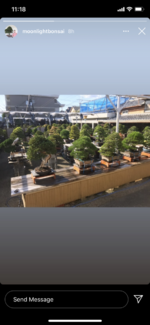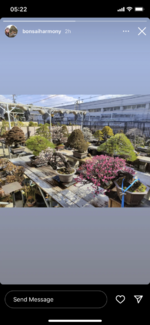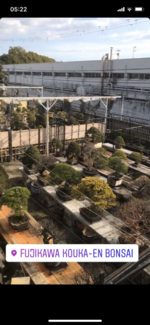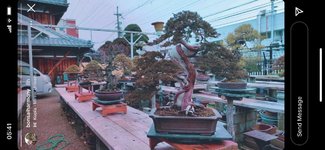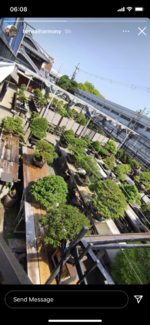Dogestoevsky
Mame
Hi all, creating this post in the hopes that some of y’all might share your opinions and experiences with greenhouse / potting shed / unheated winter storage designs that you have or wish you had. We have the opportunity to plan some new construction for our (small) backyard, and lacking a garage we are hoping to create an out building that can serve as garden tool storage, winter tree storage for me, and a small greenhouse for starting veggies indoors and a few of my tropicals.
At the moment I’m just browsing the web for ideas, and I’ve been following along with other threads of individuals who are currently building their dream landscape (shoutout in particular to @markyscott, congrats on getting the new barn up).
What are your “must haves” in a greenhouse? In a winter storage space? Do you have a particular type of construction you recommend? Would you consider prefab?
Here are a couple images that caught my eye:
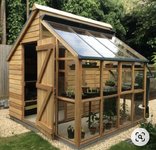
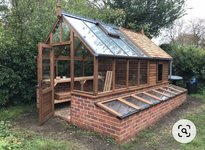
thanks in advance for any input!
At the moment I’m just browsing the web for ideas, and I’ve been following along with other threads of individuals who are currently building their dream landscape (shoutout in particular to @markyscott, congrats on getting the new barn up).
What are your “must haves” in a greenhouse? In a winter storage space? Do you have a particular type of construction you recommend? Would you consider prefab?
Here are a couple images that caught my eye:


thanks in advance for any input!

